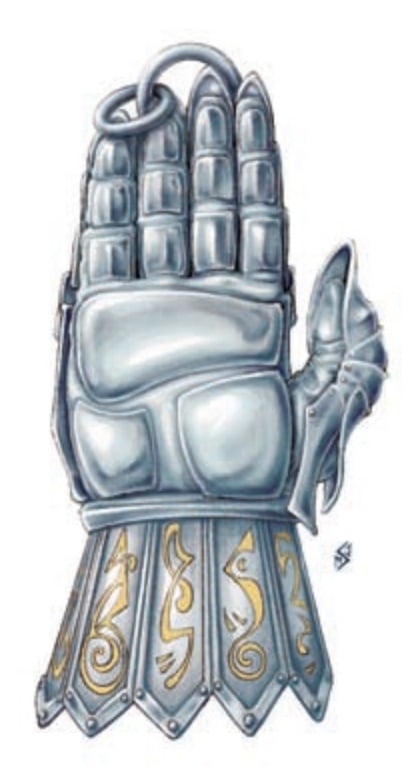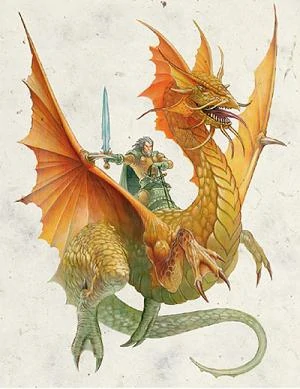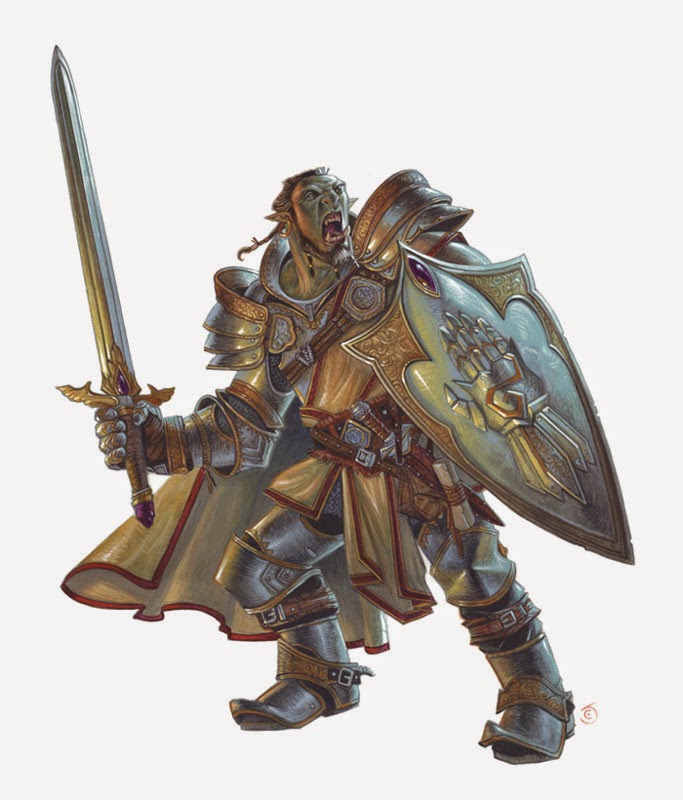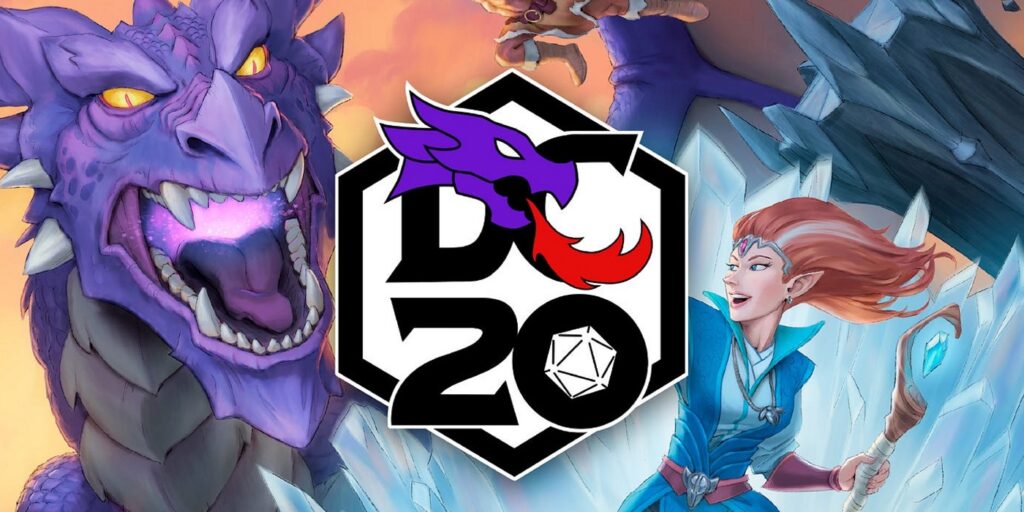D&D: Adventurer’s Guide to Torm, the Handiest God in Faerun
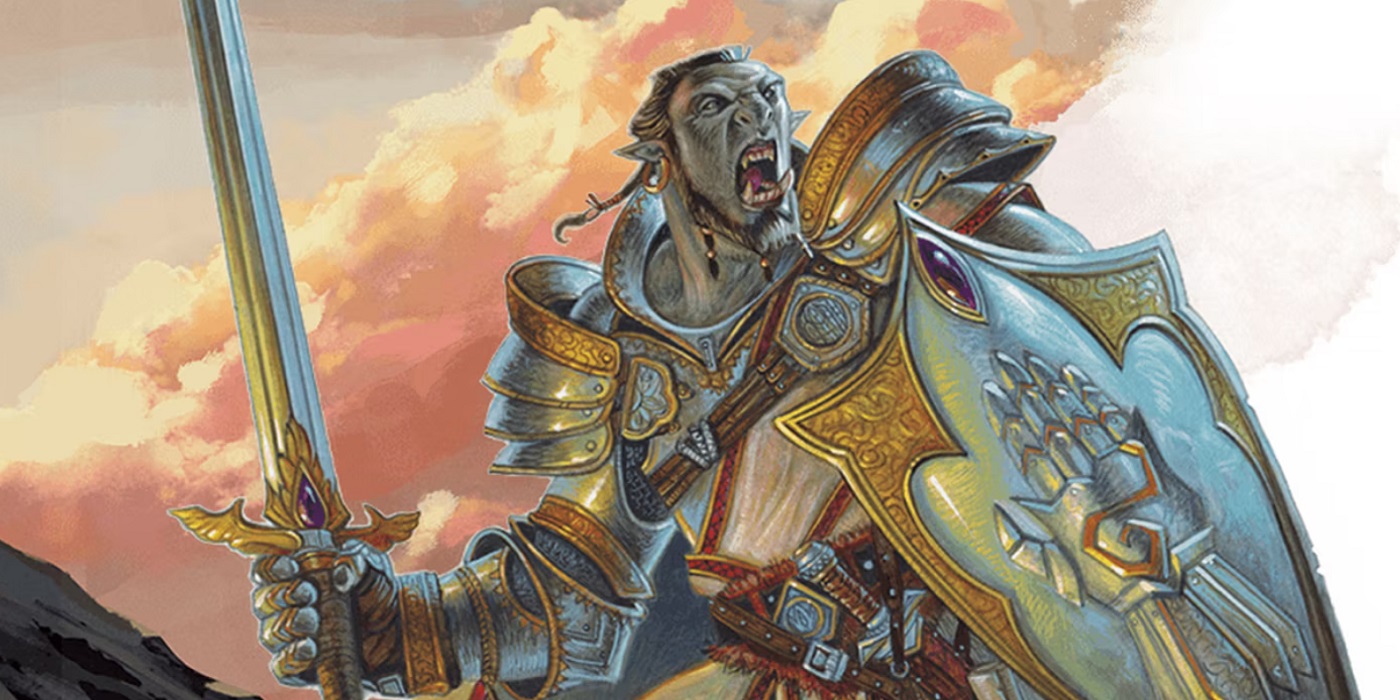
Known as the True and the Loyal Fury, Torm is one of D&D’s handiest gods. If by handy you mean all about duty, order, and death.
When it comes to deities in the Forgotten Realms, none were as stalwart as Torm. Torm was a god of duty, loyalty, and righteousness. And later honesty and self-sacrifice would be thrown in to the mix as well.
But for a deity all about forthrightness, Torm’s legacy is a surprisingly bloody one.
Torm – Origins of a Hero
Like most gods, Torm’s origins were shrouded in mystery and legend. Though unlike many, Torm’s “ancestry” could be traced back to a specific time. As a relatively newer god, he first came about after the fall of Netheril.
In fact, most believe that during the time of Netheril’s fall, he was a powerful mortal hero who became a demigod. Sages believed that his mortal days began in the Border Kingdoms, in a nation known as Chalsembyr.
As a result, many histories of folk heroes from the region could be attributed to the god. In some tales he is a powerful war leader and champion. In others he was a just ruler. And some even cast him as just a virtuous man living and leading by example.
Whatever the case, Torm kept his secrets close to his chest. None still can say for certain where, or indeed if, Chalsembyr actually existed. But these doubts didn’t stop heroes and faithful from questing in search of the kingdom anyway. Many believed that if they could find Chalsembyr, they would be raised as champions at Torm’s side.
Life as a Deity
For a long time, though, he was merely a demigod. But even then, the demigod had great reverence for other divine forces of good. At one point, Torm joined forces with Tyr and Ilmater, joining in with the gods’ Procession of Justice.
These stalwart gods, devoted to good, were known as the Triad. This alliance of good-aligned deities did much to keep the realms safe. During the Fiend Wars of Impiltur, an army dedicated to the Triad began a Crusade that founded a knightly order of Paladins.
But during the Time of Troubles, Torm distinguished himself greatly among the gods now forced to walk Toril in mortal form. He and his faithful kept safe one of the Tablets of Fate, powerful artifacts that controlled the destiny of Faerun.
His avatar battled Bane’s avatar in single combat, and here Torm’s bloodiest legacy comes to past.
Progeny of Martyrs
When Torm battled Bane over the city of Tantras in the Year of Shadows, in the Time of Troubles, he knew he did not have the strength necessary to defeat the god of oppression and hate. So he chose instead to absorb the souls of his faithful in order to face the Tyrant head on.
However, Torm—and his followers—knew that transferring their souls to their god meant instant death for those who did. But such was the dedication of his followers to justice and forthrightness, that they willingly sacrificed themselves to save the Realms. This transfer was voluntary.
And if not for Torm’s character, might have removed an entire population. However at great risk to himself, Torm would not ask the children (14 and under) of Tantras to sacrifice themselves. Nor would he accept their offers.
However this decision had its costs—Torm defeated Bane. But at the cost of his own life. He died defeating the dark lord of tyranny.
Rebirth of Torm
The story of Torm was one of devotion. And such was his devotion to his followers, and his followers in kind to his principles, that this loyalty impressed even Lord Ao the dispassionate overdeity of Toril.
And so, he restored Torm to life. Now Torm has once again joined the Triad, and though some of the members have changed, Torm remains a god dedicated, as ever, to truth and justice and good.
Happy adventuring!

